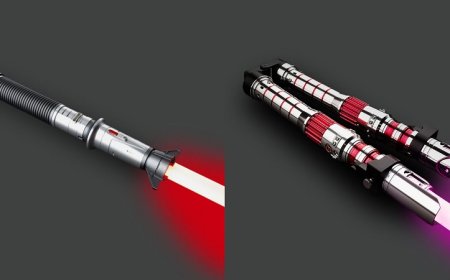Color Correction vs Color Grading: What’s the Difference?
Learn the difference between color correction and color grading service to choose the right solution for polished, professional-looking video content.

When it comes to video post-production, two essential processes are often mentioned: color correction and color grading. While these terms are sometimes used interchangeably, they actually serve different purposes. Both are crucial to achieving professional, polished visuals, but understanding the difference can help you communicate better with editors, choose the right services, and improve the final outcome of your video.
In this guide, well break down the purpose, process, and impact of both color correction and color gradingso you know exactly what to expect.
What Is Color Correction?
Color correction is the technical process of fixing and standardizing the colors in your footage. The goal is to make everything look natural, balanced, and consistent across all scenes. Often, raw footage comes with issues such as poor lighting, wrong white balance, or under/overexposure. Color correction is the first step to fix those problems.
Key elements adjusted during color correction include:
-
White balance (ensuring whites appear white)
-
Exposure (light or dark areas corrected)
-
Contrast (improving clarity)
-
Saturation (accurate color intensity)
-
Skin tones (natural look for subjects)
The end result of color correction is footage that looks real and technically soundready for creative enhancements in the next phase.
What Is a Color Grading Service?
Once the footage is corrected, it moves to the creative stage: color grading. A professional color grading service transforms your footages mood, tone, and style. Instead of simply fixing color, color grading enhances and stylizes it to match your artistic vision.
Color grading can be subtle or dramatic depending on the goal. It plays a major role in how the audience perceives your content emotionally.
Examples of what a color grading service can achieve:
-
Creating warm or cool atmospheres
-
Enhancing the cinematic feel of a film
-
Emphasizing certain colors to match brand identity
-
Giving each scene a unique, polished aesthetic
In short, while color correction focuses on technical accuracy, color grading is about creative expression.
When to Use a Video Color Grading Service
Whether you're working on a film, commercial, corporate video, or YouTube content, using a video color grading service adds tremendous value. Professionals use tools like DaVinci Resolve, Adobe Premiere Pro, or Final Cut Pro to create a cohesive visual identity.
Heres when you should consider hiring a video color grading expert:
-
You want a cinematic or stylized look
-
Your project will be shown in high-end settings (festivals, ads, TV)
-
You need to match color across different cameras or lighting setups
-
You're building a visual brand with a specific tone
Even subtle grading can elevate your content from amateur to professional. A polished look keeps viewers engaged and enhances your credibility.

Color Correction and Color Grading in the Production Workflow
Both color correction and color grading are crucial stages in the post-production workflow. Heres how they typically fit in:
-
Ingest Footage Raw files are imported into editing software.
-
Rough Cut Video is edited for structure and flow.
-
Color Correction Technical adjustments are made to fix exposure, white balance, and consistency.
-
Color Grading Artistic enhancements are applied to create the final visual style.
-
Final Export Video is rendered and ready for distribution.
Skipping either of these stages can hurt the final quality. For example, applying a color grade to uncorrected footage might make the image look worse, not better.
Why It Matters: The Impact on Visual Storytelling
Visual storytelling is more than great shots and smooth editingits about emotion, tone, and atmosphere. Both color correction and grading help you control how your audience feels as they watch your video.
Consider the following examples:
-
A romantic scene may be enhanced with warm, golden tones.
-
A thriller might use cold, desaturated colors to increase tension.
-
A corporate video benefits from clean, bright, and neutral tones to build trust.
Without correction, even high-end footage can look amateur. Without grading, your video might lack depth or emotional impact. Together, these services create a professional, engaging visual product.
Final Thoughts
Understanding the difference between color correction and color grading is essential for anyone involved in video production. Correction lays the technical foundation, while grading adds the creative polish. Both are necessary steps to ensure your video not only looks good but communicates effectively with your audience.
Whether youre producing content for marketing, entertainment, or education, investing in a color grading service or a full video color grading service helps you deliver visuals that stand out.
Make your visuals work harder for your messagebecause in modern video, color isnt just a detail; its a strategy.
Contact Frame Founder Studio now to get started with studio-quality grading services that meet your standards and exceed expectations.










































